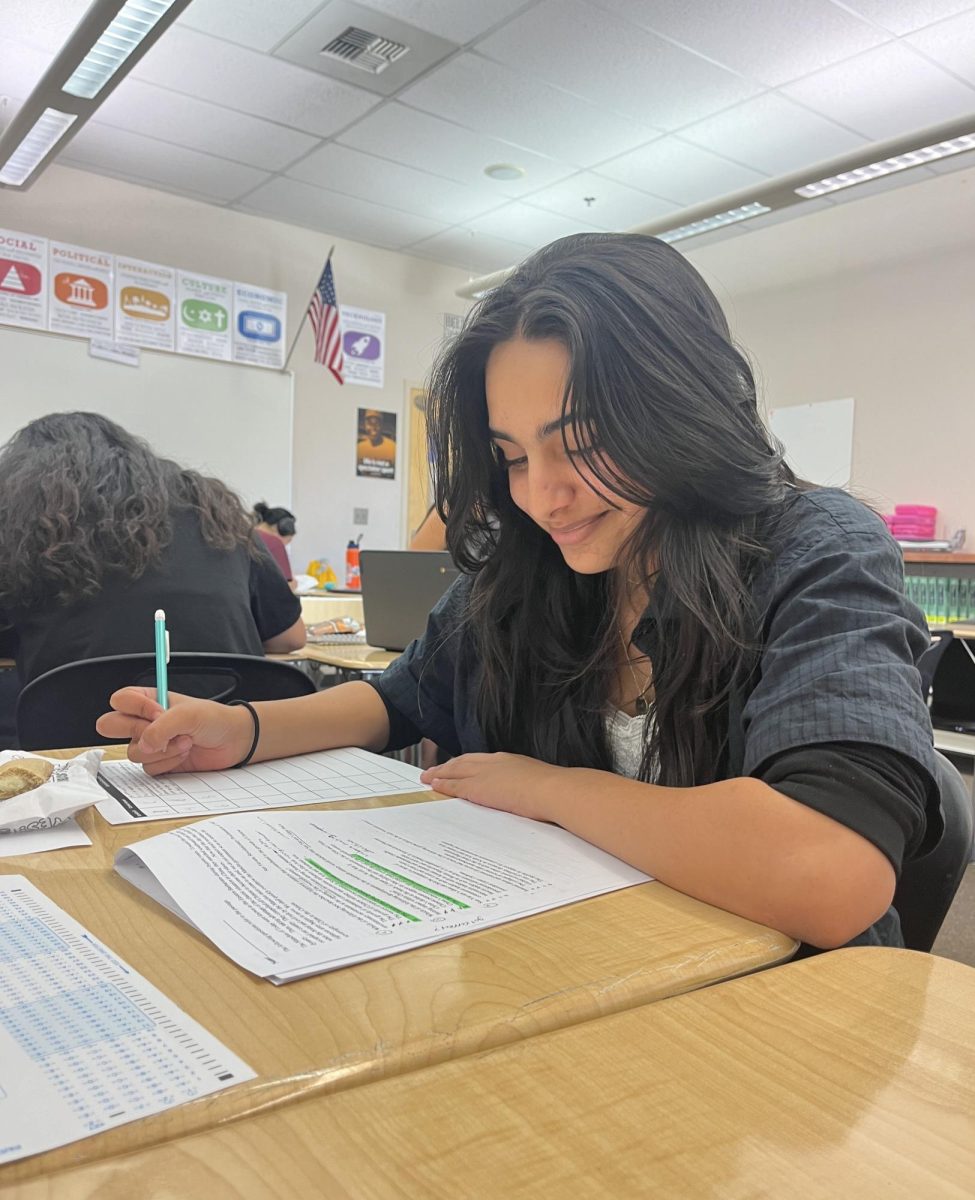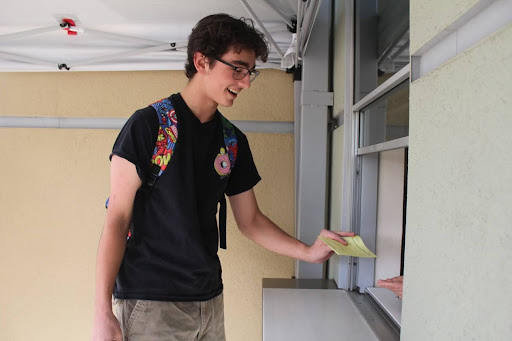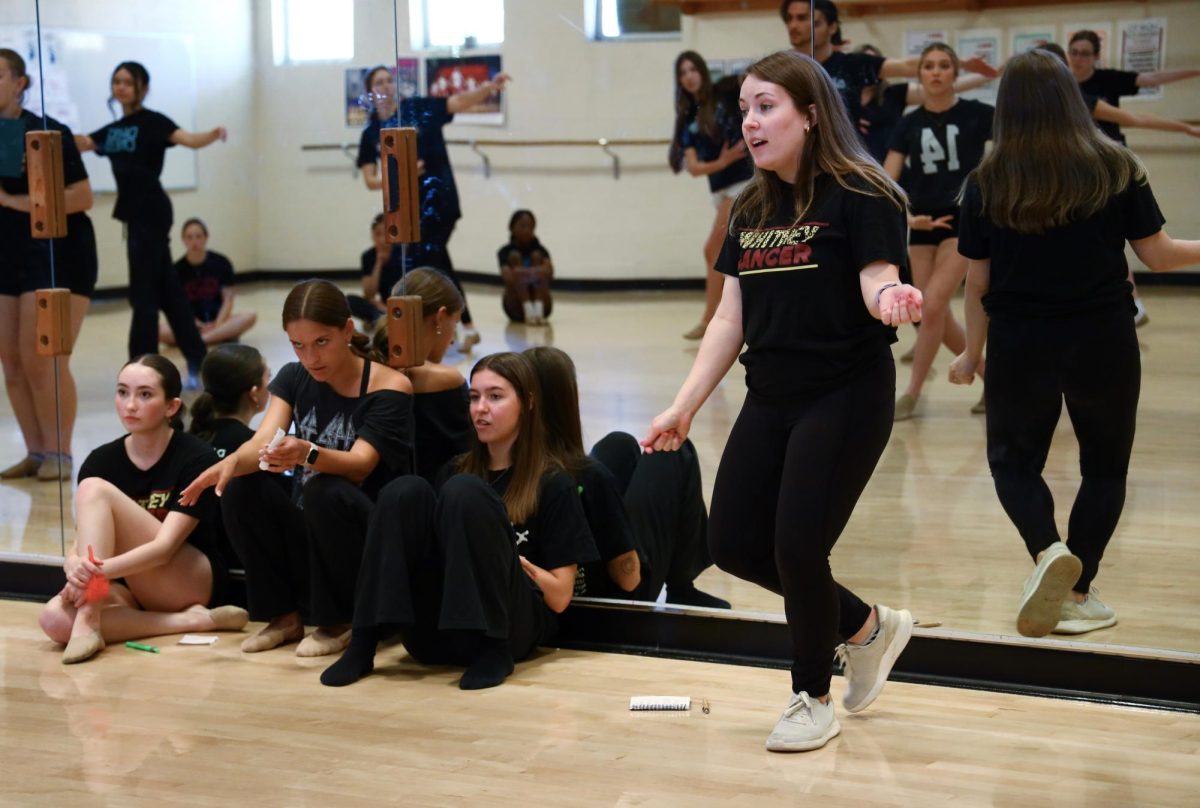Holding her breath because of the rotten smell, Vanessa Jackson picks up a cephalopoda to inspect it further. The scent from E-9 drifted outside from the lab stations, and anyone who passed by the room had to cover their nose to avoid the odor. In the room next door, Emmelie Clausen was in a similar situation, picking apart a sheep brain.
On March 7 in marine biology, students dissected market squid. Ms. Carissa Kuehn decided to do the lab because she said it was a great way to look at differences in the body structures of different organisms. Students were able to make comparisons between the squid, an invertebrate, and a herring fish, a vertebrate. Kuehn wanted to use an animal most people were already familiar with, but wouldn’t know what it’s like on the inside.
“I like animals; fish and sharks and turtles, so just dissecting them was pretty cool,” Laz Enriquez said. “I didn’t really know what [the anatomy of a squid] was until now.”
One of Kuehn’s majors in college was zoology, but she was introduced to the subject in high school. Similar to marine biology, she learned about each organism and the different types of phylum through various dissections.
“I kind of fell in love with it then because I love animals. So when I was in college, initially, I was going to be doing vet school. I was thinking I would be a wildlife vet or a zoo vet, so that’s why I studied the zoology part,” Kuehn said.
Kuehn bought market squid from Safeway for the students to dissect. Before passing each organism to the lab station groups, students put on disposable gloves to protect their hands. Students that were absent the day of the dissection were able to watch an online dissection video.
The first step of the procedure was for the students to familiarize themselves with the overall anatomy of the Cephalopoda. They had to identify which side of the organism was the ventral view and which was the dorsal view. Additionally, they had to pinpoint the arms, tentacles, pen tip, siphon, mantle, fin and chromatophores. After observing the differences between the arms and tentacles of the squid, students began the dissection using scissors to cut the mantle from its anterior edge all the way to the posterior tip. Finally, they were able to view the internal organs. Students found the caecum, intestine, pen, ink sack, heart gill, chromatophores and kidney. Additionally, they were able to identify whether the squid was male or female by observing if it had testis or ovaries. Next, students removed the arms and internal organs from the mantle. To remove the arms, students picked the squid up and peeled them off. Then they gently pulled a shell-like pen from inside the mantle. Some students were able to puncture the ink sac with the pen and write on a piece of paper.
“[Touching the squid] was a little gross but it wasn’t too bad, because it was dead,” Elleia Patterson said.
In the neighboring classroom, anatomy students dissected sheep brains as part of the nervous system unit. Students were given directions to cut the brain which would help them describe principal structures of the sheep’s brain and identify important parts in a preserved specimen. Some parts that needed to be identified were the frontal lobe, parietal lobe, temporal lobe and the cerebellum. After identifying the parts, students were allowed to further dissect the brain to get a closer look. Unlike the squid, there was not as strong an odor coming from the brains because they were sanitized prior to handling. This led to more people willing to handle the specimen.
“We were a group of six and four other people were touching the brain, so I just did the worksheet with someone else,” Rebecca Alferos said.
Whether looking at a whole animal or part of an animal, dissections occur in life science classes as part of the curriculum. Some students question why they have to slice open an inanimate specimen, which may have a strange odor to them. However these labs provide a hands-on experience which a diagram or virtual lab can not provide.
“They’re important to do if you can do them,” anatomy teacher Mrs. Christine Cox said. “We’re going to do the heart dissection and you can look at a picture in a book and see the four chambers. But when you are dissecting an actual heart, you never would have known that the atria are these little tiny flaps, they’re not solid at all. It’s very valuable to students who get that hands-on experience.”
While some students enjoy the hands-on learning of dissections, others do not enjoy it as much.
Cox said, “For some [students], that’s to be expected. Not everybody can handle all that. And so I always make a way and I never ask a student to touch this, or say ‘you must do that.’ I’d say ‘Hey, that’s OK, just observe,’ and that’s okay. I’m just glad I’m able to offer [dissections] and I love seeing students enjoy them.”
by SYDNEY HADFIELD & RHAYMARK NAZARENO

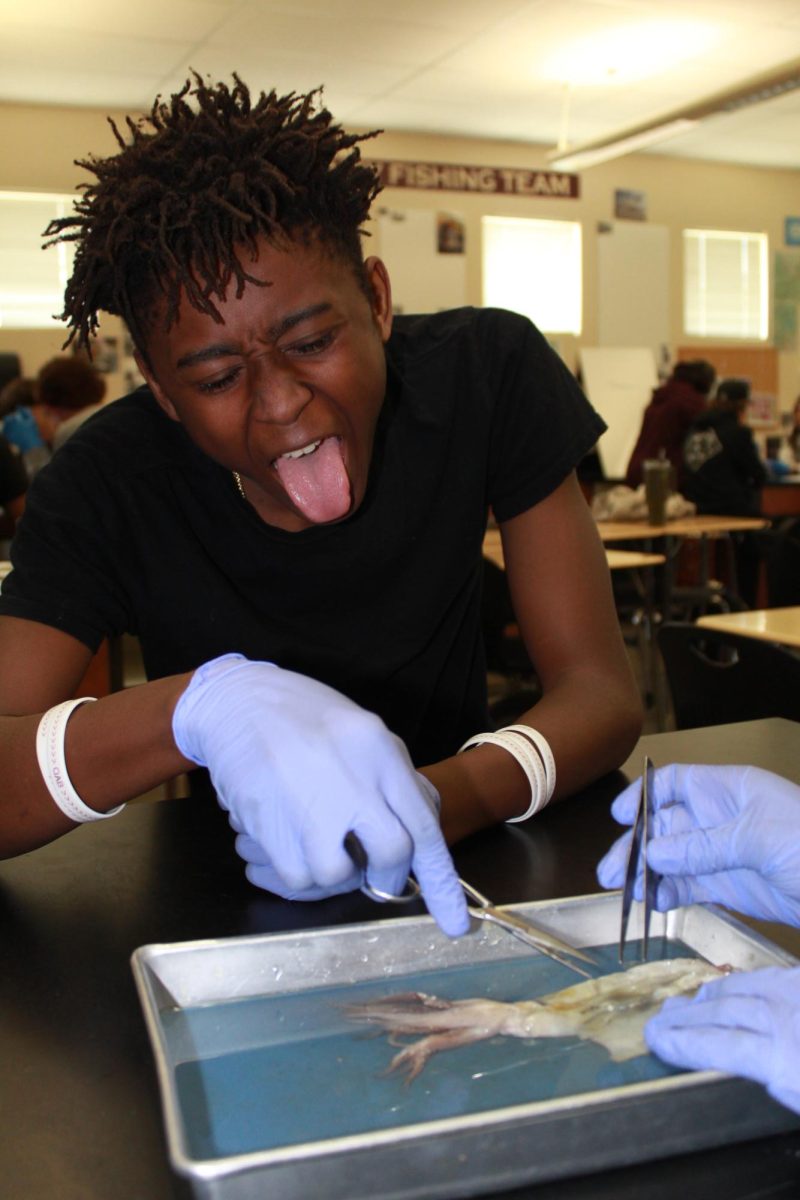
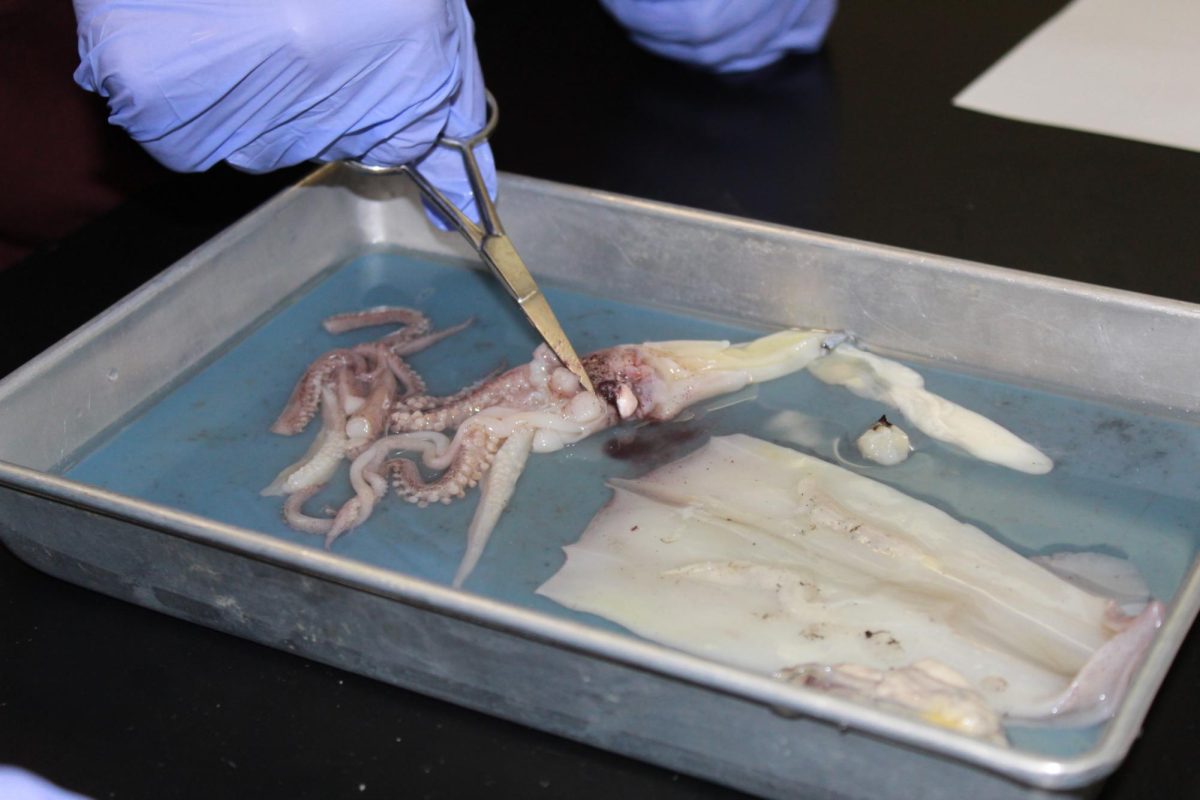




![Women’s varsity golf player Sophia Molinaro and Rocco O’Laughlin find seats to enjoy the dinner after competing in the tournament. Many students and staff members supported the community event. “Some of the teachers participate and some of the teachers donate as well. I know Mr. [Scott] Seffens is participating in it this year,” Grace Scott said.](https://www.whitneyupdate.com/wp-content/uploads/2023/10/IMG_3690-1200x800.jpg)






